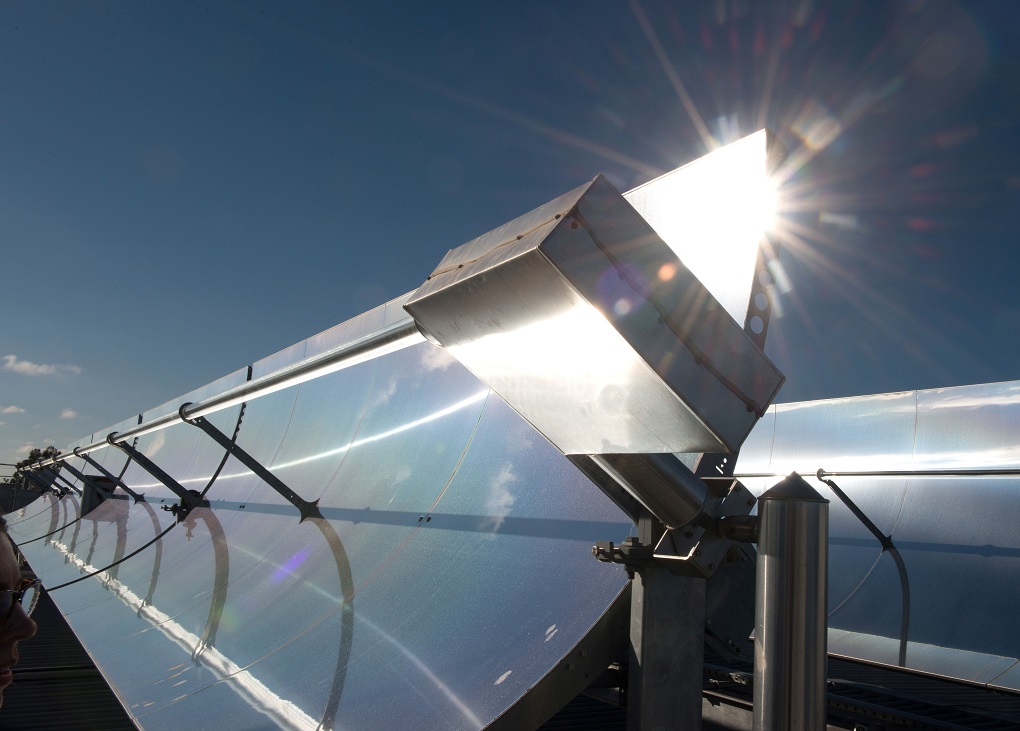Standards Australia has published AS 5389:2019 Space heating and cooling and ventilation systems – Calculation of energy and comfort performance.
AS 5389 provides a method to estimate how much energy will be saved and to what degree comfort will be improved using solar and other heating and cooling technologies. Performance is based on four different climates across Australia.
The common thread for the technologies is that they increase comfort but are not able to provide specified conditions in every case. They include:
- Desiccant-based solar space cooling systems
- Solar air and water space heating systems
- Systems that improve comfort by ventilating occupied spaces or roof spaces
- Evaporative cooling systems.
AS 5389 describes how to evaluate the performance of the products when being used to heat or cool a standard building. It uses a component test system simulation (CTSS) methodology to model the load of the building based on the climate conditions experienced over a year and the performance of the product exposed to the same climate.
“To our knowledge this is the only standardised performance method for solar cooling technologies available anywhere,” says Ken Guthrie, the chair of the standards committee that developed the standard. “We expect that this will provide useful information to consumers and to governments wishing to reduce emissions in the heating and cooling sector.”
The CSIRO’s Dr Stephen White, F.AIRAH, led the work supporting the development through the CRC for Low Carbon Living.
“It was driven by the NSW Government wanting to find additional technologies that could be eligible for NSW Energy Savings Certificates (white certificates) via a deemed savings method,” says White.
“AS 5389 aims to provide a more level playing field for emerging technologies in large-scale multi-technology emissions reduction schemes.”
The standard is accompanied by a Miscellaneous Publication that details how to use the standard using the TRNSYS modelling environment. Electronic versions of the relevant TRNSYS modules are also available.
Standard AS 5389 and the accompanying Miscellaneous Publication – 103:2019 Modelling of space heating and cooling and ventilation systems, using TRNSYS are available online.
Featured image courtesy of CSIRO.
 Mark Vender
Mark Vender


Leave a Reply